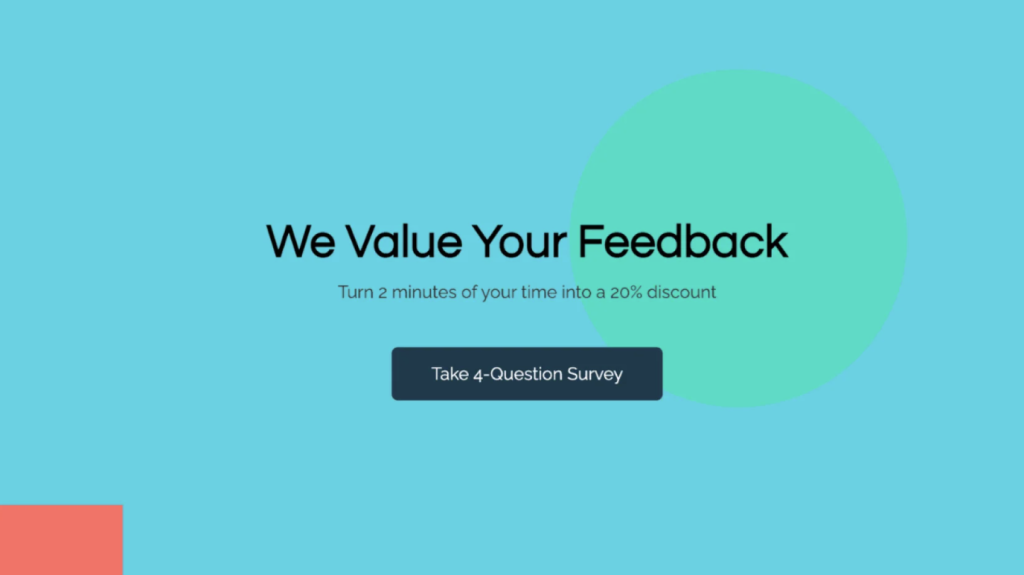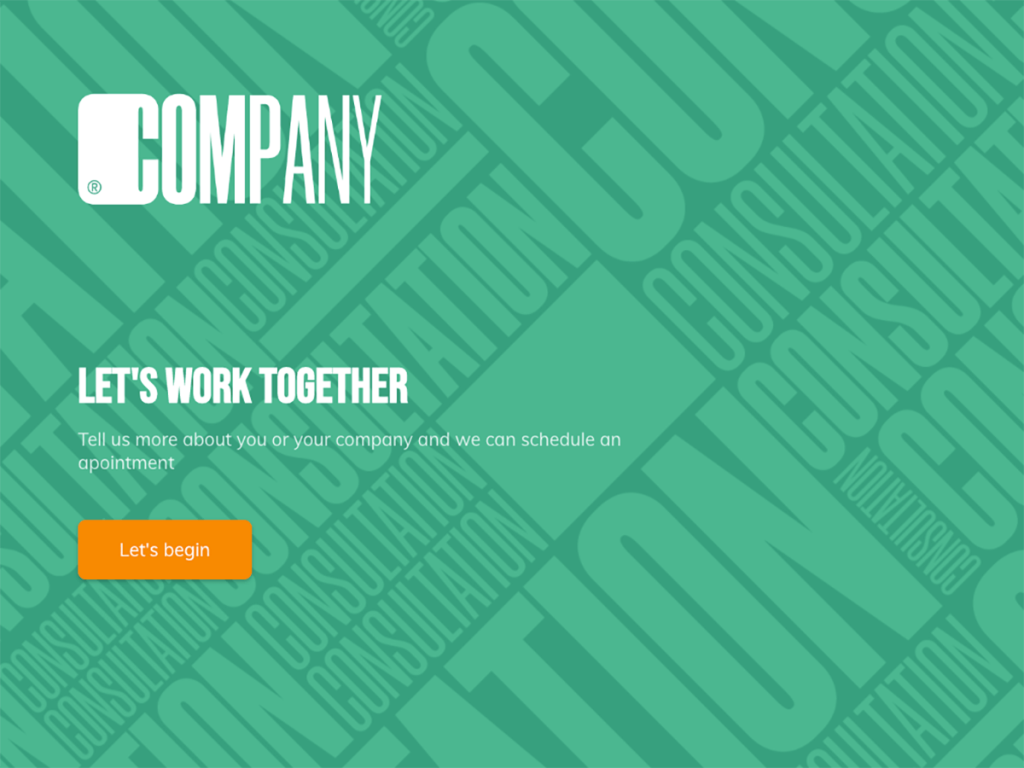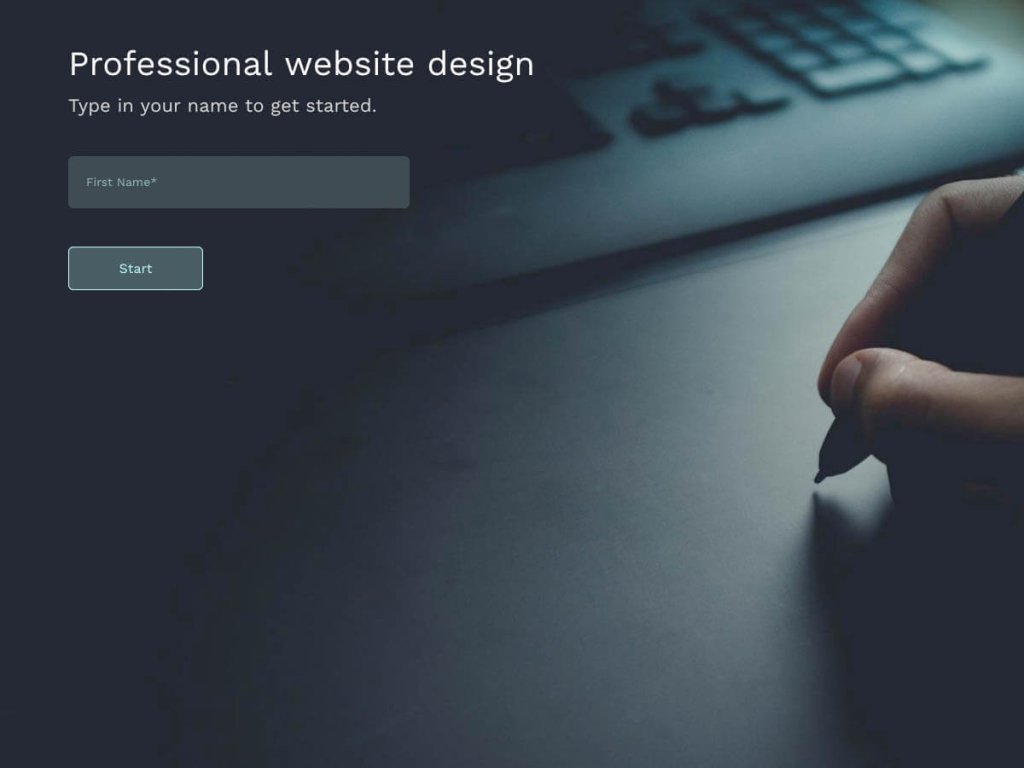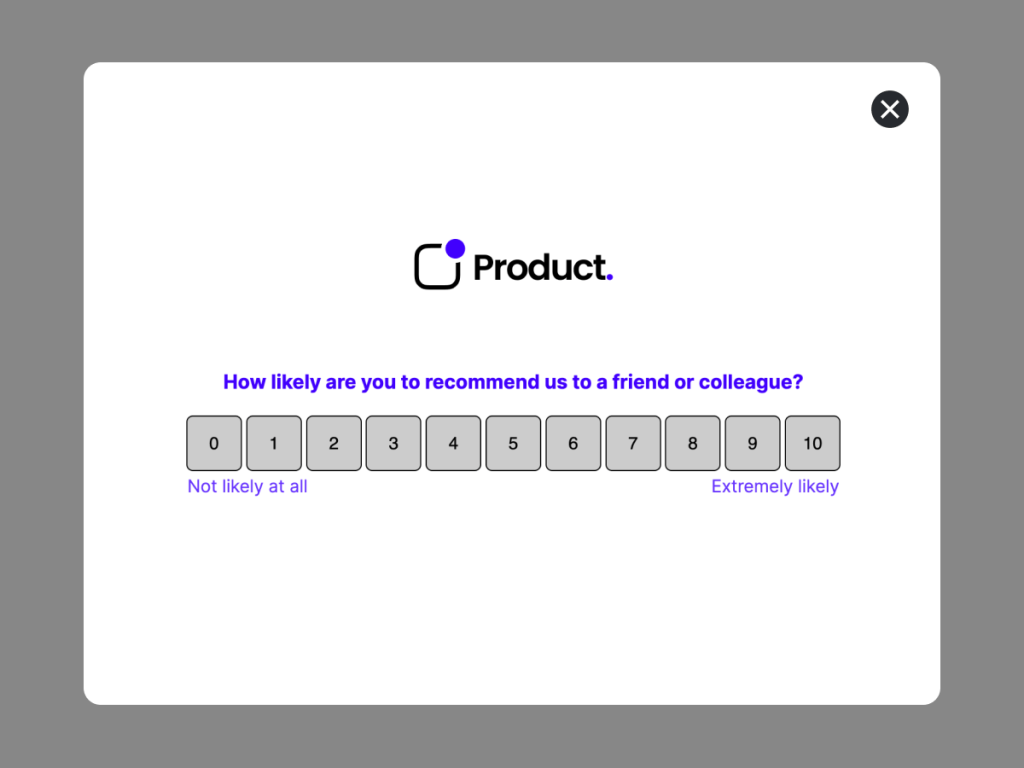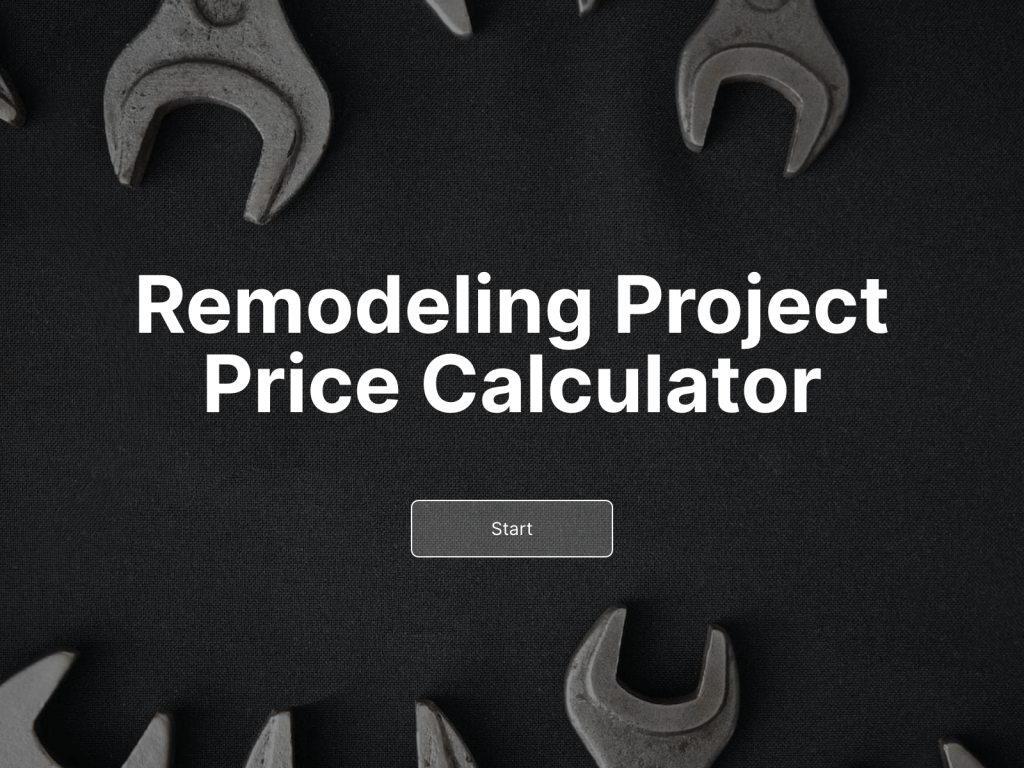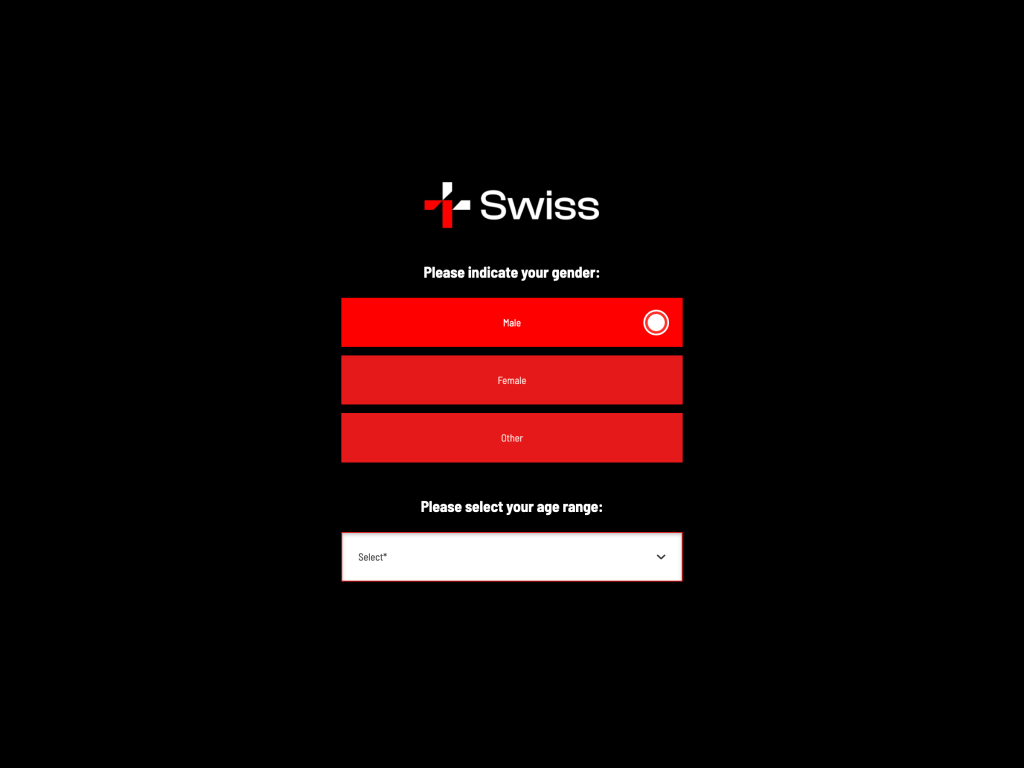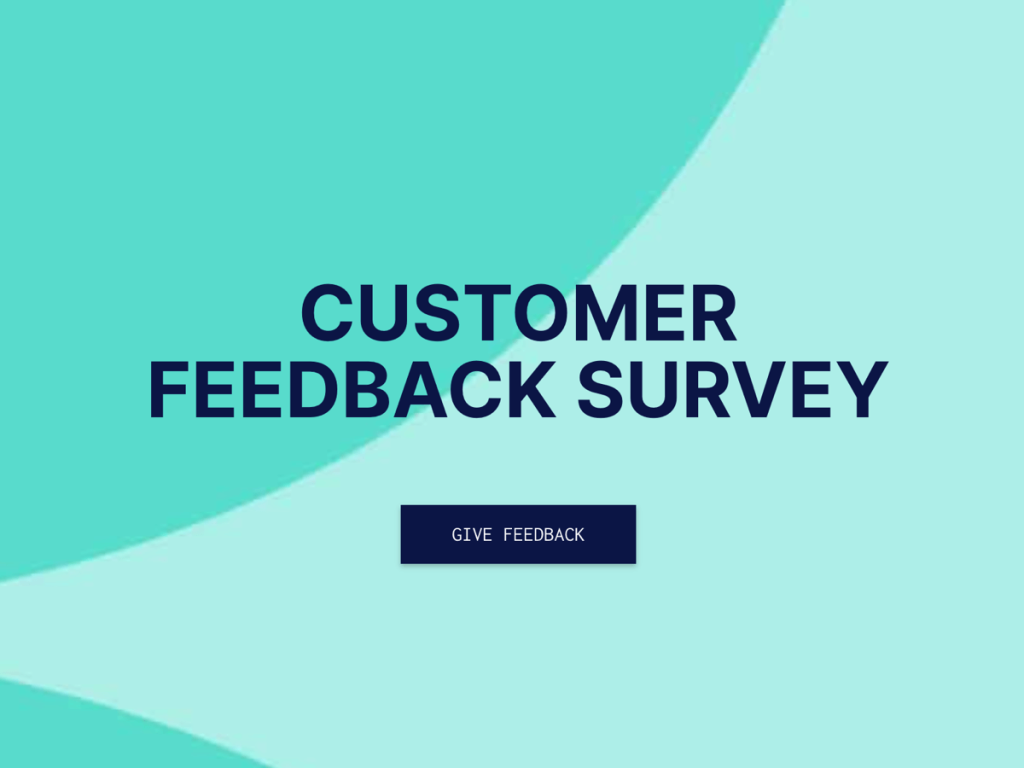Getting feedback is key for any team looking to improve their product. Surveys are one of the best ways to understand user experiences and preferences. However, finding the proper questions can be quite challenging. This article provides examples of product survey questions and explores how AI survey generators like involve.me can simplify your survey process.
Why Product Surveys Matter
Understanding how your users feel about your product is essential. Product surveys are a great tool for this. They help you:
Find out if your users are happy and what they like best about your product.
See which features your users love and which ones they don’t use as much.
Learn about any problems or frustrations your users have with your product to reduce customer churn.
Gather ideas from your users on how to make your product even better.
Here's an example of the product survey (keep reading to learn how to create an embeddable survey like this one:
It's a customizable template. Get it here.
The frequency of running surveys depends on your product and user base. However, here are some general guidelines:
Regular check-ins: Quarterly surveys can help track ongoing satisfaction and usage trends.
Post-launch surveys: After releasing a new feature or update, run a survey to gauge immediate reactions.
Milestone surveys: Send surveys at significant user milestones, such as after their first month of use.
There are several effective ways to distribute your surveys - via email or by having in-product survey, social media survey, pop up survey.
💡 involve.me, for example, runs regular in-product surveys. Read this case study to learn how we managed to improve the response rate by making a few tweaks in our product survey.
“SaaS companies should collect customer feedback monthly or quarterly to stay responsive to customer needs, yet avoid survey fatigue.“
5 Types of Product Survey Questions
To get more constructive feedback, it's important to include a mix of different question types in your survey. Here are five essential types of questions to consider:
1. Demographic Questions
- Ask about age, gender, location, and other personal information.
- This helps you understand who your users are and allows you to segment responses for more detailed insights.
2. Usage Questions
- Find out how often users interact with your product and how long their sessions typically last.
- This information shows you how engaged users are and how they use your product in their daily lives.
3. Satisfaction Questions
- Ask users to rate their overall satisfaction and specific features of your product.
- These questions help you gauge how happy users are and identify areas that may need improvement.
Consider using the Net Promoter Score® to ask your question, just like in the example below:
4. Feature-Specific Questions
- Discover which features users find most valuable and which ones they don't use as much.
- This feedback guides your development efforts, helping you focus on the features that matter most to your users.
5. Open-Ended Questions
- Encourage users to share their suggestions for improvement, what they like, and what they dislike.
- These responses provide rich, qualitative data that can give you deeper insights into user experiences and preferences.
Example Survey Questions
Getting feedback from your users is crucial. Here are some example questions to include in your survey:
1) Demographic Questions
- What is your age group? (18-24, 25-34, 35-44, etc.)
- What is your gender? (Male, Female, Other, Prefer not to say)
- Where are you located? (City, Country)
2) Usage Questions
- How often do you use our product? (Daily, Weekly, Monthly, Rarely)
- How long do you typically use our product each time? (Less than 5 minutes, 5-15 minutes, 15-30 minutes, More than 30 minutes)
3) Satisfaction Questions
- On a scale of 1-10, how satisfied are you with our product?
- How would you rate the ease of use of our product? (Very Difficult, Difficult, Neutral, Easy, Very Easy)
- How likely are you to recommend our product to others? (Not at all likely, Somewhat likely, Very likely)
3) Feature-Specific Questions
- Which features do you use the most? (Feature A, Feature B, Feature C)
- Which features do you use the least? (Feature A, Feature B, Feature C)
- Are there any features you think are missing? Please specify.
4) Open-Ended Questions
- What do you like most about our product?
- What do you dislike about our product?
- Do you have any suggestions for improvements?
Generate Your Product Survey On the Spot
involve.me offers a range of tools that make creating and analyzing surveys easier and more effective. Consider generating a branded survey using involve.me's AI tool:
Create your survey with AI
Just paste your URL & click generate
involve.me has also a variety of free templates that you can customize to fit your needs. These templates cover different survey types and industries, giving you a solid starting point.
Here are a few popular options:
Gather Customer Feedback
Start with a customizable template
Consultation Scheduling Form Template
Opinion Scale Survey for Energy Industry Template
Website Cost Estimation Template
Opinion Scale Survey for Software Template
Remodeling Project Price Calculator Template
Appointment Funnel Template
Using these templates saves you time and ensures you include all the important questions.
Every aspect of involve.me’s survey templates can be customized. Change the design, layout, colors, fonts, and question types to match your brand’s style and needs. You can also add images, videos, and personalized messages to make your survey more engaging and user-friendly.

involve.me's user-friendly editor
With involve.me, you can add conditional logic to your surveys. This feature lets you create dynamic questions based on previous answers.
For instance, if a user is dissatisfied with a feature, the survey can automatically ask follow-up questions to understand why. This makes the survey more relevant and engaging for each respondent, leading to better insights.
You can also connect other tools for data storage and analysis, such as Google Sheets, Slack, and Zapier. This helps automate data entry, provides real-time updates, and simplifies tracking user insights.
Best Practices for Survey Design
To make sure your surveys are effective and engaging, follow these best practices:
Be specific: Ask direct questions to get specific feedback. Instead of asking "Do you like our product?", ask "What features do you like the most about our product?"
Use a logical flow: Organize questions in a way that feels natural to the respondent. Start with easier questions and gradually move to more detailed ones.
Keep it mobile-friendly: Ensure your survey is easy to complete on mobile devices, as many users may access it this way.
Personalize when possible: If you have user data, personalize the survey to make it more relevant to the respondent. For example, "We noticed you use Feature X frequently, what do you like about it?"
Follow up: Let respondents know how their feedback will be used and, if possible, follow up with them on how their input has influenced product changes.
Final Words + More Survey Templates
Gathering feedback through effective product surveys is key to understanding and improving your product.
By using a mix of demographic, usage, satisfaction, feature-specific, and open-ended questions, you can get a well-rounded view of your users' experiences and needs.
Tools like involve.me’s survey templates and AI-powered survey maker can help you create surveys that ask the right questions and provide actionable insights. Implementing these strategies will help you enhance your product and better meet your users' needs. Start getting more feedback today:
